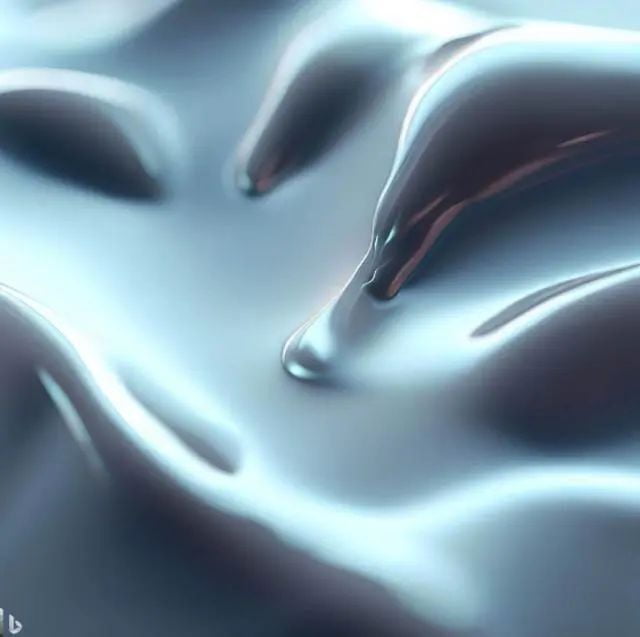PLMA+ CMC-GMA hydrogel is a biodegradable hydrogel co-polymerized with polylactic acid (PLA) and methacrylic anhydride-acylated gelatin (GelMA), with methacrylic anhydride-acylated chitosan (ChelMA) incorporated as a cross-linking agent. This hydrogel has good mechanical properties, biocompatibility and injectability and can be used in areas such as tissue engineering and drug delivery.

PLA is a widely used biodegradable polymer with excellent mechanical strength and stiffness, but has some drawbacks such as low ductility, high crystallinity and slow degradation rate. GelMA, a photocrosslinked hydrogel produced by introducing methacryloyl groups into gelatin, has good biocompatibility, cell adhesion, and degradability, but its mechanical properties are poor and susceptible to temperature. To overcome these drawbacks, researchers copolymerized PLA and GelMA to prepare PLMA hydrogels, which can be crosslinked and cured by UV or visible light to form scaffolds or microspheres of different shapes and sizes.The mechanical properties, degradation rate, and porosity of PLMA hydrogels can be adjusted by adjusting the ratio of PLA to GelMA, the crosslinking time, and the light intensity. control.
However, PLMA hydrogels still have some problems, such as low cross-linking efficiency, high solubility, and low drug loading. To ameliorate these problems, the researchers added ChelMA as a cross-linking agent to the PLMA hydrogel. ChelMA, a biodegradable hydrogel produced by introducing methacryloyl group into chitosan, has good antimicrobial and hemostatic properties, and can be chemically reacted with GelMA to form a more stable network structure. By adding ChelMA, the cross-linking efficiency, mechanical strength, drug loading and release rate of PLMA+ CMC-GMA hydrogels were improved.
PLMA+ CMC-GMA hydrogels can be used for a variety of tissue engineering and drug delivery applications due to their excellent properties.
For example, PLMA+ CMC-GMA hydrogel can be used as a scaffolding material for bone tissue engineering to promote the proliferation and differentiation of osteoblasts; it can also be used as a scaffolding material for cartilage tissue engineering to support the growth and function of chondrocytes; and it can be used as a scaffolding material for skin tissue engineering to accelerate the healing of traumatic wounds and inhibit infection. In addition, PLMA+ CMC-GMA hydrogels can be used as drug delivery systems for controlled release and targeted delivery.
In conclusion, PLMA+ CMC-GMA hydrogel is a biodegradable hydrogel with broad application prospects, and its performance can be optimized by adjusting the ratio of components and crosslinking conditions. Future studies could further explore the effects and mechanisms of PLMA+ CMC-GMA hydrogels in different tissue engineering and drug delivery applications, as well as the compounding effects with other nanomaterials or bioactive factors.

